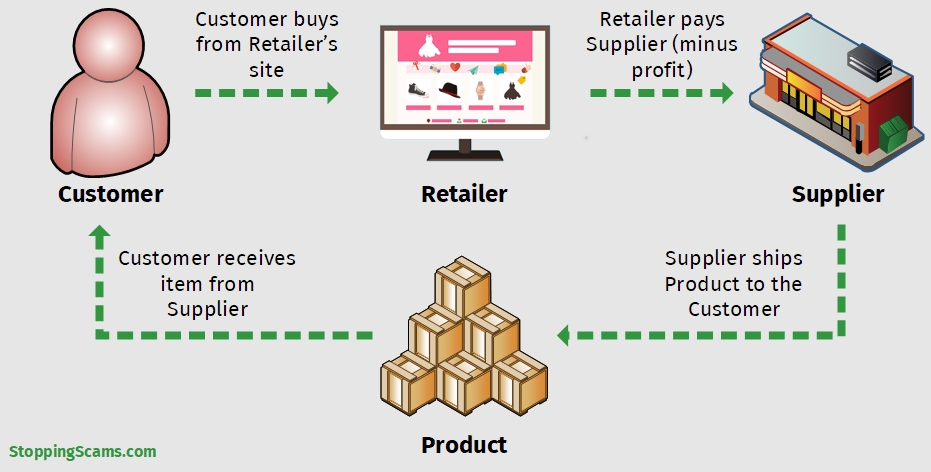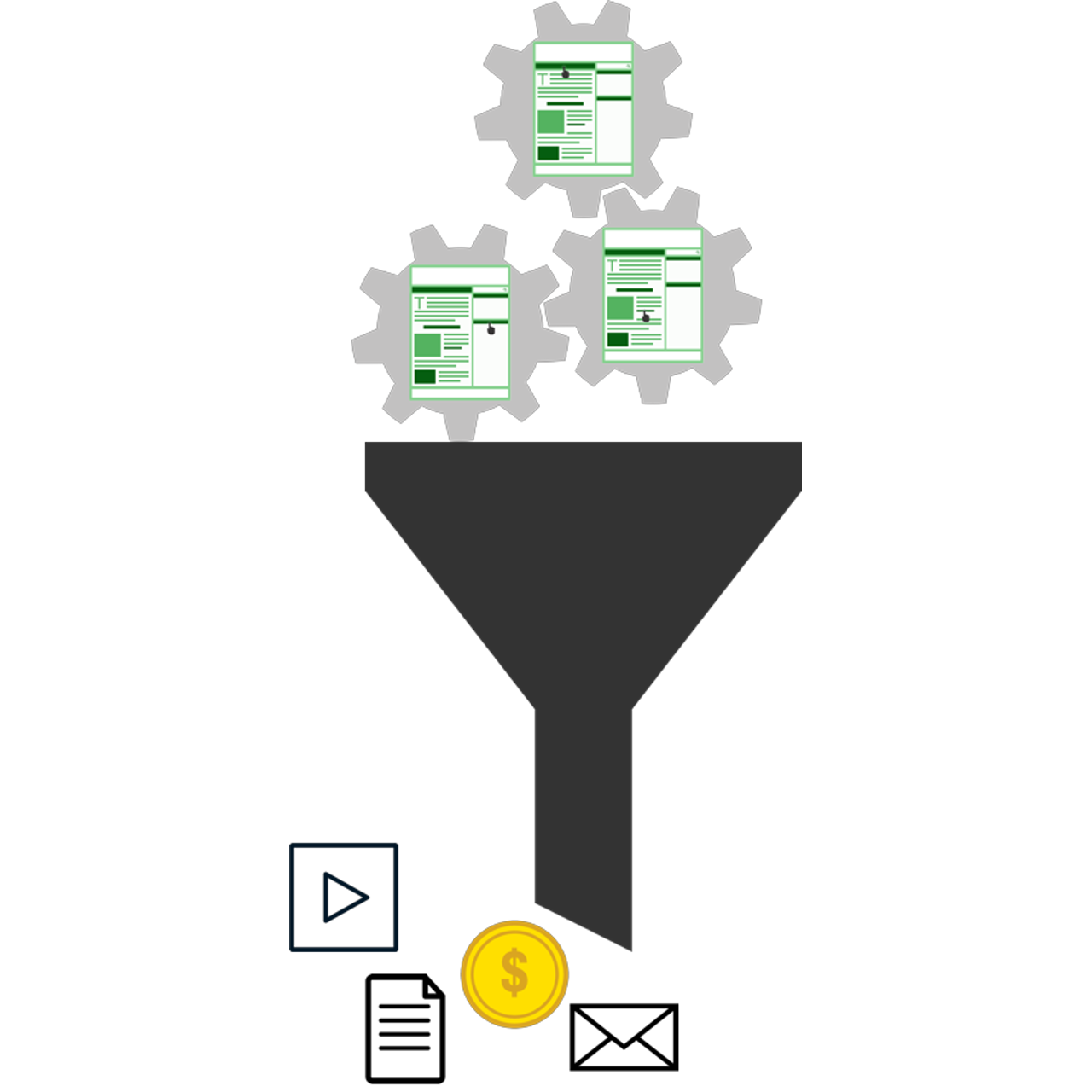You didn’t spend all that time and effort building a website, creating high-quality content, optimizing for search engines, and establishing your authority for nothing. There will come a time when you’ll need to know how to monetize your website.
However, remember that you don’t need to concern yourself with monetization until you’re getting consistent traffic.
When Can I Start Monetizing My Content?
You might have noticed that when I posted my first article on RueTattoo.com, I didn’t add any affiliate links or calls to action. In my experience, spending time on that is pointless until you start seeing which posts are getting the most traffic and engagement.
For one thing, I could spend at least a few hours hunting down affiliate offers to fit into that content. Additionally, I could spend a few more hours creating the right lead magnet to convince people to opt in to my email list.
If I spent my time doing this for a single article, publishing two articles a week, then my time is going into articles that I’m not even sure will gain traction. That’s time that could have gone towards traffic-producing activities, like creating content and promoting my site.
Once you’re consistently getting 75 to 100 visitors a day, it’s time to start getting serious about monetization.
At that point, you’ll know which posts are consistently receiving a lot of traffic, and you can focus monetization efforts on those posts instead of all of them. This strategy will get you better results.
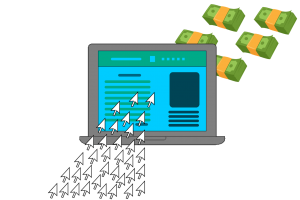
75 to 100 visitors a day doesn’t translate to a full-time income in most niches, but it’s at this point you need to at least start optimizing your posts to make money. Some of the options you have for monetization include advertising, Cost Per Acquisition (CPA) Marketing, or dropshipping and selling your own physical or digital products.
How Can I Monetize My Website?
Advertising
Advertising is one of the most straightforward and easy to implement methods of monetization, especially with Google AdSense. It’s as easy as copying a code from Google AdSense, pasting it on your website, and automatically populating your designated space with ads. You then get paid based on how many times people click those ads on your website.
However, advertising doesn’t make a lot of sense unless you’re receiving a lot of traffic. In Lesson 2 we did some reverse math and computed that you’d need hundreds of thousands, if not millions, of visitors a month to get a decent income from advertising. Unfortunately, the vast majority of websites never make it to that level of traffic volume.
Cost Per Acquisition (CPA) Marketing
CPA is a pricing model that involves the advertiser paying for a particular acquisition, such as a sale (pay-per-sale), click (pay-per-click), form submission (pay-per-lead), or any other measurable action. There are several CPA networks that have all kinds of offers to compare and shop for. What you need to do is get an affiliate link so the advertisers can track the clicks and actions from your website.
It’s best to integrate CPA offers in your content with buttons throughout the post. This can be done by adding a button with a compelling call to action at some point in your content that not only ties contextually into the content but is also really enticing for the reader to click. Do this at multiple points throughout the article.
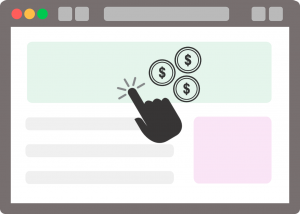
Another way to integrate CPA offers in your content is through in-text links. Again, find points in the post where you can insert links that are contextually related. In my experience, affiliate links that are integrated with the content convert much better. Visitors are more curious, and therefore more likely to click, about links if they’re relevant and appear while they’re reading. Placing your affiliate links in banners and sidebars doesn’t attract as many clicks; people have been trained to almost ignore sidebars and banners because they’re expected to be ads.
Just remember that when it comes to sharing affiliate links, you are legally required to make it explicit. Some marketers try to bury this disclaimer in their terms and conditions, but that’s not just frowned upon; there can be real legal consequences. I would advise that you familiarize yourself with any laws that your country may have regarding advertising and affiliate links.
Rather than see this transparency as a hindrance, I see it as a great way to forge trust in my relationship with my audience. Personally, I make my affiliate links absolutely clear with disclaimers, like the following:
“This is an affiliate link. This is how we stay funded and these commissions are what keep our site going. Please support us by purchasing through our affiliate link.”
Believe it or not, disclaimers like this are a highly compelling way to increase conversions because when you’re truly promoting things that are valuable to your audience, there’s no reason for them not to support you and purchase through your affiliate link. If you’ve really gone out of your way to create high-quality content that brings value to their life, and they’re going to have to pay the same amount or less elsewhere, they might as well click your link to show their support.
You can find many CPA offers through sites like OfferVault.com and Affplus.com no matter what your niche is. You can also read reviews from more established affiliates on Affpaying.com so you know which CPA networks are worth your time. Note whether the advertisers stiff people on commissions, how helpful the affiliate managers are, how great the offer selection is, and how the payouts compare to other CPA networks. While you can have more than one CPA offer on your site, try not to push them all in a single post.
Once you’ve selected a CPA network to apply for, next make sure you’re getting enough visitors so that you’re more likely to get approved. CPA networks don’t normally approve brand new websites unless the owner has been in touch with an affiliate manager and shown that they’re trustworthy and know what they’re talking about.
Physical Products That You Own vs. Dropshipping
Dropshipping is a method of monetization that involves a seller purchasing the item from a third party and having it shipped to the customer. In this setup, the seller never sees or handles the product. If you decide to go this route, consider expanding into managing your own inventory and sourcing your own products as the volume increases.
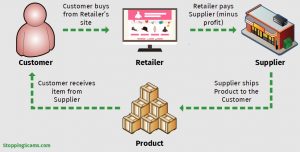
The go-to site for low-cost products is AliExpress.com, an online marketplace where small businesses in China offer products to international online buyers. When sourcing products from AliExpress.com, the ideal thing to do is to order the product first and verify the quality. If you can’t do this, at least make sure to research your suppliers thoroughly: read the reviews, how many purchases they’ve handled, and how many times the product you want to offer has been sold. Otherwise, you can end up shipping a total piece of crap to your customer, which is going to hurt your reputation and relationship with your subscribers.
I discuss how to sell products via dropshipping in an article titled How to Make Money Dropshipping Using AliExpress and Shopify, along with my personal dropshipping experiences, on StoppingScams.com. If you’re interested in this route, check out the article.
The usual conversion rate when selling physical products ranges from 0.5% to 1%. When you’re starting to gain traction and only getting 75 to 100 visitors a day, that means you sell 1 product every day. With dropshipping, you minimize the overhead costs while being able to mark up the products at least two to three times.
Most of the suppliers at AliExpress.com aren’t the manufacturers; they’re middlemen who buy the products in bulk (hundreds or thousands of units at a time) and mark them up. When your traffic increases so you can move more products in a day, you can venture into sourcing or manufacturing your own products.
Once your site receives the number of orders to justify buying in bulk, you can go straight to the manufacturer and cut your cost per item while maintaining your selling price. This means you get to keep more of the profit. If you can afford the equipment, you can go straight to manufacturing the products yourself. Sourcing or manufacturing products would be more expensive due to the overhead costs, but the higher profit margins, plus greater control over the quality of the products, make it worthwhile to pursue. This is an often overlooked way to monetize a website.
For example, a person may start a beer brewing website and try to monetize it by creating a digital product or affiliating with other information products. With enough traffic, they could dropship their own brewing supplies from China directly to customers. Over time and with more customers, they could start building their own brand and source or manufacture products with their brand name and logo.
Digital Products
Digital products are products that are stored, delivered, and consumed in an electronic format. These include books, digital images, stock photos, digital videos, e-courses, software, audio files, and any other item that is stored as a file.
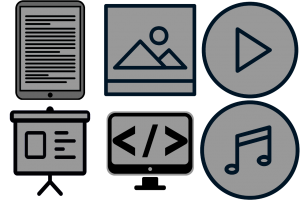
Typically, people don’t start by releasing their own digital product. Much like selling physical products, you test the waters with a similar affiliate offer first. Once the traffic is generated and the perfect sales funnel is in place, then you can spend time creating a digital product.
If you’re interested in creating a digital product, I recommend waiting until you’re receiving at least 200 to 300 visitors a day. Personally, I’d be comfortable with at least 700 to 1,000 visitors per day. At that point, if you’ve tested the waters with CPA marketing, it’s wise to do in-depth market research to find out what your audience is really interested in. Email subscribers and ask what their biggest concerns are. Then, start building your product around those struggles and pain points.
Putting together a high quality digital product is probably going to take at least a few weeks of full-time work, so it’s crucial that you do your market research thoroughly before starting.
As with physical products, your reputation and your brand are on the line. If followers of your website buy something from you and it’s not the quality that they’ve come to expect, they’re unlikely to trust your future products. Once that trust is gone, that bridge is burned along with any future opportunity to make money from that customer.
Value Ladders
With digital products, you can build a value ladder, which is a method of mapping out your product offerings in ascending order of value and price. This way, you can cater to your customers in whatever stage they’re at.
For example, if your niche is photography, start with a free lead magnet of five high-quality stock photos in exchange for subscribing to your mailing list. Then, start selling a bundle of 20 high-quality stock photos for $1 and make sure the quality of the photos is evident. After that, upsell a $47 course on how to take high-quality photographs so the customer never has to buy stock photography again. The next level could be an upsell to a $100 a month membership to ongoing courses and coaching. Beyond that, you can offer a super high-quality course for $1,000 to $2,000 on how to start a local photography business.
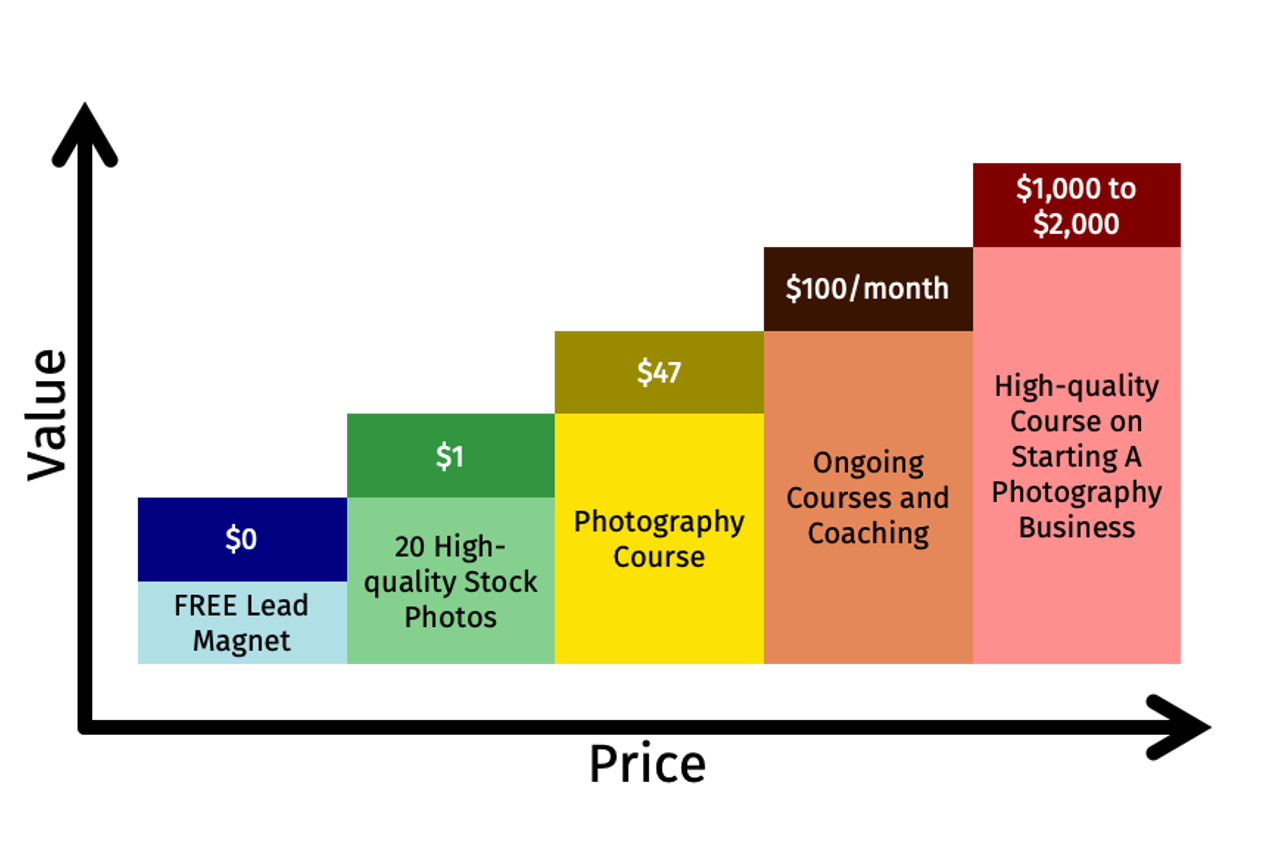
Typically, you tend to over deliver to the point of losing money at the bottom of your value ladder. This is not self-sabotage; it’s to establish that you are trustworthy and credible. As your customers move up the value ladder, you progressively make more money per customer while delivering more value to them.
Conversion Rate Optimization: The Basics
It’s not enough to be able to monetize your traffic. It’s more important to be able to convert the traffic you do get into subscribers and customers. To do this, you have to be able to test different elements of your website and tweak them so that more of your visitors feel inclined to do what you’re guiding them to do. That, in a nutshell, is conversion rate optimization.
Many people place ads on their site or free lead magnets along with other offers (such as physical or digital products) to entice visitors to join their mailing list. Increasing the number of different elements on the page actually decreases the chances that visitors will click on any of the offers. What you’re doing is pulling someone in multiple directions. It’s been shown that when people are given too many options, they just don’t make a decision.
The best thing to do here is to design individual posts and pages so that all of the page elements (sidebars, banners, in-text links, calls to action) lead visitors to a single action. This action could be downloading a free whitepaper, buying from one of your affiliates, or buying a video course in exchange for joining your mailing list. It doesn’t matter what the offer is, as long as it’s relevant to the content and it’s a single target.
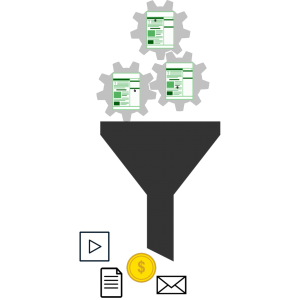
For example, in StoppingScams.com, when a post is about Internet Marketing, I only pitch Internet Marketing. When a post is about surveys, I only pitch surveys; I don’t mix and match.
The most important thing to remember here is to only integrate offers that are actually valuable to your audience. If you’re writing a piece of content about a specific topic or about how to solve a pain point, pitch things that are actually valuable and helpful to your audience. Don’t pitch a product you believe will make you the most money because if it isn’t relevant to what they’re reading, your visitors won’t be interested in clicking, and that’s going to decrease your conversion rate. By only pitching relevant and helpful offers, you help forge a relationship that you can continue to monetize over time.
In terms of dollars, it’s better to pitch a relevant offer that makes you $10 rather than an irrelevant offer that makes you $100. If the $10 offer is truly valuable and helpful, more visitors will convert, and you can potentially make up the difference.
The first time you recommend something that’s not relevant or useful to your visitors, trust is broken, and you can consider that relationship over.
Recommended Readings
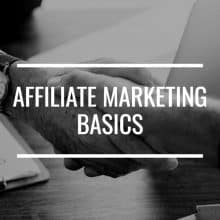
Affiliate Marketing Basics Every Blogger Should Know
Want to monetize your blog but don't want to sell your own products or go into dropshipping? Learn affiliate marketing basics in this article.
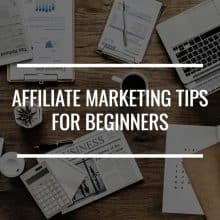
10 Practical Affiliate Marketing Tips For Beginners
If you're a blogger who's only just starting out with affiliate marketing, here are some affiliate marketing tips for beginners that will help you succeed.
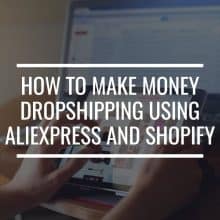
How to Make Money Dropshipping Using AliExpress and Shopify
How to make money dropshipping on AliExpress and Shopify—everything you need to know is in this post!
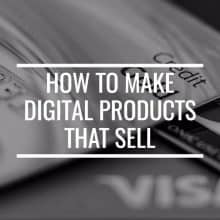
How To Make Digital Products That Sell: Everything You Need To Know
Want to create digital products but don't know where to start? Look no further. Here's a complete overview of how to make digital products that sell.
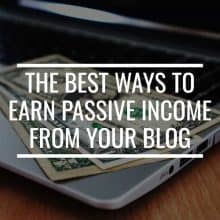
The Best Ways To Earn Passive Income From Your Blog
Ready to progress from writing content to making money online? Learn the best ways to earn passive income from your blog and why passive income is a myth.

The 5 Best Ways To Monetize Your Blog: In-Depth and Step-by-Step Guide
You've built your blog and promoted it. Now turn your traffic into actual revenue. Learn about the best ways to monetize your blog.
